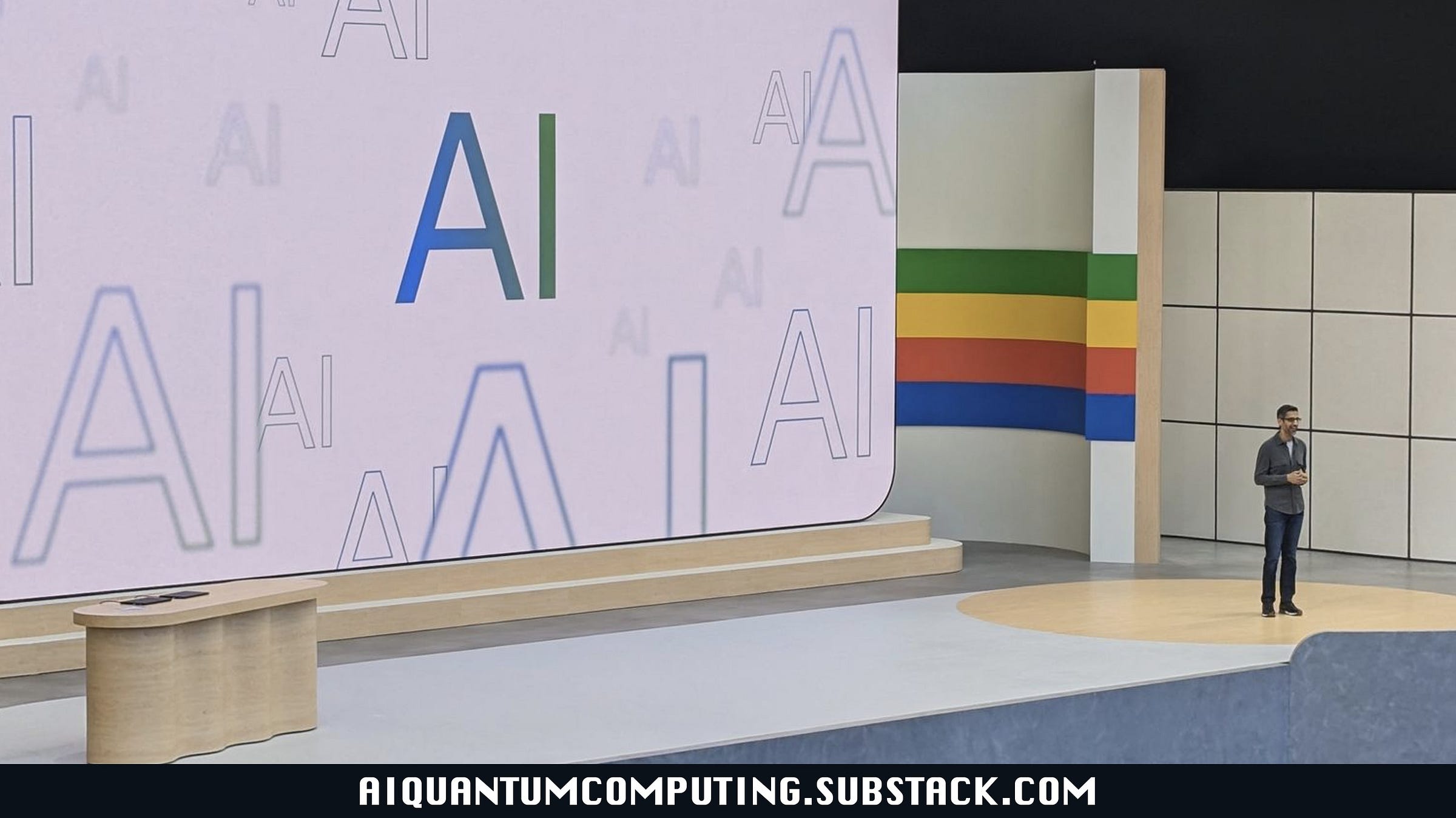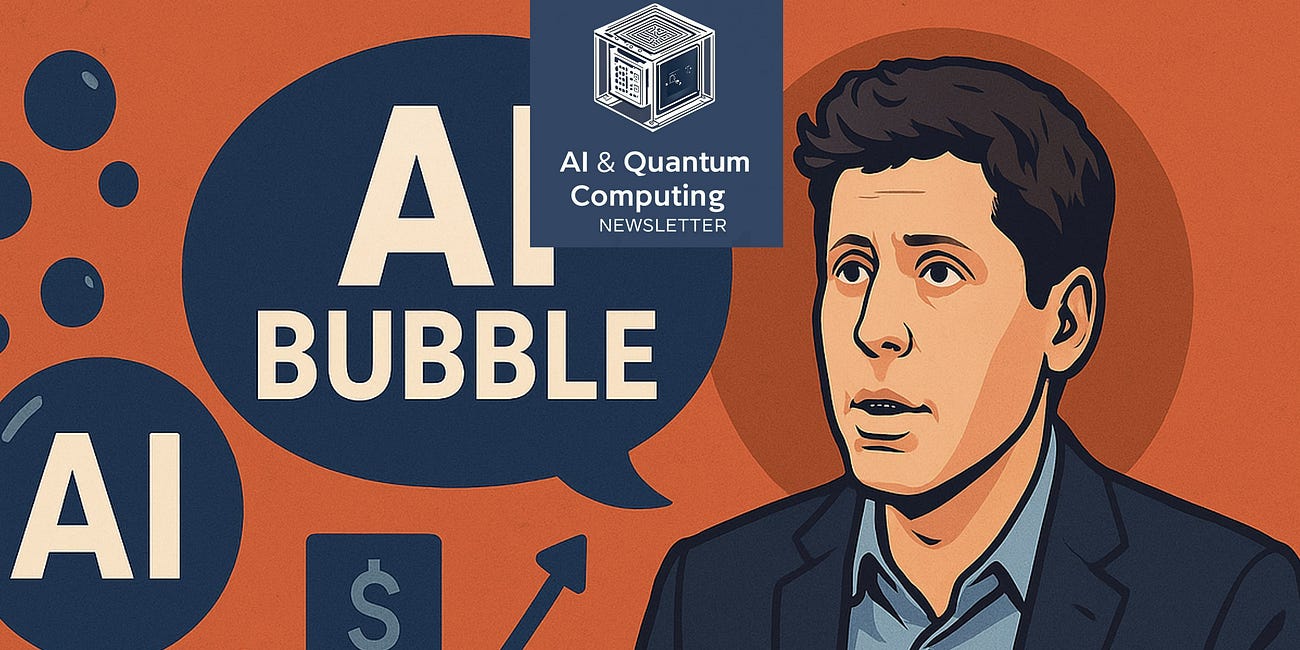Google's AI Jackpot: How a $106 Billion Backlog Reveals a Profit Machine Already in Full Swing.
Google is not just on track to dominate the AI era; it is monetizing it on a scale that could redefine the entire tech economy.
What was once seen as a feverish defensive maneuver is now a formidable offensive revenue-generating machine. Google’s foray into artificial intelligence, long considered a mere strategic response to the assaults of agile competitors like OpenAI and Microsoft, is proving to be a sophisticated revenue engine, already running at full capacity behind the scenes of the Mountain View empire. The figures for the second quarter of 2025 are undeniable: with $10.3 billion in revenue for its Cloud division alone, a 29% year-over-year increase, and a colossal order backlog that has now reached $106 billion, Google is no longer just participating in the AI revolution. The company is in the process of building its financial architecture, turning futuristic concepts into tangible and sustainable profits.
Under the leadership of Thomas Kurian, CEO of Google Cloud since 2019 and a recognized visionary, the company’s AI monetization strategy has crystallized. Far from indefinitely subsidizing pilot projects, Kurian has orchestrated a surgical transition to robust profitability. “Our order backlog has reached $106 billion,” he revealed, a statement that reflects not only customer confidence but also the culmination of a meticulously executed strategy. AI is no longer a cost center or a research project; it is the flagship product, the primary growth engine propelling Google into a new era of technological dominance.
The Green Battery of the World: How Bitcoin is Unlocking Paraguay's Hydropower Revolution.
In a world increasingly defined by energy scarcity and monetary instability, Paraguay finds itself in an enviable position.
The Architecture of Profit: A Three-Tiered Strategy
Google’s method for turning artificial intelligence into digital gold is based on a three-pronged approach, combining enterprise, consumer, and a nearly inimitable proprietary infrastructure.
1. The Enterprise Front: Vertex AI and Intelligent Agents
The spearhead of this offensive is undoubtedly Google Cloud and its Vertex AI platform. Here, the business model is strikingly clear: pay-as-you-go pricing. Companies don’t pay for static software, but for the actual consumption of AI, billed by the processed “token”—a unit of measurement for information processed by the models. This system, which resembles Software-as-a-Service (SaaS) but is adapted to the dynamic workloads of AI, creates a recurring revenue stream directly correlated with the technology’s adoption and utility.
Furthermore, Google has cleverly bypassed traditional IT procurement cycles by developing “AI agents.” These autonomous software programs, capable of managing complex workflows (such as processing insurance claims or optimizing supply chains in logistics), are sold directly to line-of-business leaders—CFOs, operations managers, and marketing chiefs. By addressing the decision-makers who directly feel the need for automation and efficiency, Google accelerates sales cycles and embeds its technology at the heart of its customers’ operations. As Thomas Kurian highlighted, this approach has enabled a significant breakthrough in non-tech sectors like finance and healthcare, considerably expanding the addressable market.
2. The Consumer Kingdom: Reimagined Search and Premium Subscriptions
While the Cloud division rakes in billions from businesses, Google’s consumer division is not sitting idle. The “AI Overviews” feature in search results, initially feared as a threat to the company's historic advertising model, has proven to be a gold mine. The ad revenue generated by these AI summaries is now on par with that of traditional blue links. Advertisers even find an advantage in it: ultra-contextual placements within the AI-generated answer itself, which maintains high click-through rates while expanding their reach. The expansion of this AI mode to more than 180 countries by the end of the year will only cement this new revenue stream.
In parallel, Google is diversifying its direct revenue sources from consumers. The company has launched premium subscription plans, such as a $249 per month package, offering access to advanced search capabilities, blockchain-based analysis tools, and cutting-edge AI features. This multi-tiered model not only captures additional value from the most demanding users but also creates a virtuous feedback loop: the data collected from these premium users is used to further refine and improve the AI models, consolidating Google’s technological lead.
3. The Unbridgeable Moat: Infrastructure as a Competitive Advantage
None of these monetization strategies would be possible without Google’s master asset: its global infrastructure. The company doesn’t just rent servers; it designs its own chips. Its Tensor Processing Units (TPUs), optimized for machine learning, offer an efficiency and speed that competitors struggle to match with standard hardware. This vertical integration allows Google to reduce its own costs and, consequently, those of its customers, while guaranteeing top-tier performance.
Google’s confidence in this strategy is such that management has revised its capital expenditure forecast for 2025 upwards to a staggering $85 billion. This massive investment is intended to support the expansion of data centers on a global scale. A concrete example is the announced $9 billion investment in Oklahoma over the next two years, aimed at financing a new AI-dedicated data center in Stillwater and expanding the existing campus in Pryor. Google isn’t just building AI services; it’s building the physical foundations of tomorrow's AI economy.
The Gemini Effect and Multimodal Waves
At the heart of this ecosystem is the increasingly sophisticated Gemini family of models. With advancements like the “Deep Think” mode, unveiled at the Google I/O 2025 conference, Gemini is becoming the intelligent fabric that connects all of the company’s products. This multimodal capability—the simultaneous understanding of text, images, and video—unlocks new opportunities. On YouTube, for example, advertising revenue jumped 13% to reach $9.8 billion in the second quarter, growth attributed in part to much finer and more relevant AI-powered ad targeting.
Navigating Troubled Waters: Challenges and Competition
Despite this idyllic picture, the road is not without obstacles. The monetization of AI search raises legitimate concerns. Content publishers fear a drastic erosion of organic traffic if users get their answers directly on the Google page. A delicate balance must be struck to avoid alienating this vital ecosystem. Moreover, overly aggressive ad integration could degrade the user experience and erode the brand's trust capital.
On the regulatory front, scrutiny is intensifying. Antitrust proceedings could potentially force Google to share data, which would complicate its integration strategy. However, the company’s massive scale and the depth of its investments provide a significant buffer against these headwinds.
Towards an ”Agentic” Future: The Next Multi-Billion Dollar Frontier
Analysis of 2025 trends suggests that Google will not stop there. The next phase of its strategy focuses on “agentic” AI—systems that do not wait for instructions but act autonomously to achieve user-defined goals. These agents could manage our calendars, book our travel, optimize our investments, or even control robotic systems. By positioning these future capabilities as monetizable services via the cloud, Google is targeting multi-billion dollar markets in robotics, quantum integration, and hyper-personalized automation.
In conclusion, Google has successfully transformed itself. The company has turned artificial intelligence from a costly promise into a central pillar of its profitability. Through a multifaceted strategy combining pay-as-you-go cloud pricing, advertising enhancements, and new subscription models, Google has proven that AI is not a technology that will sell itself. As market observers say, it will be sold “through advertising and action.” With continuous investments in its infrastructure and a clear vision of the “post-keyword” future, Google is not just on track to dominate the AI era; it is monetizing it on a scale that could redefine the entire tech economy.
The Silent Coup: How America Plans to Erase $37 Trillion of Debt with a Digital Dollar Trojan Horse.
The GENIUS Act is far more than a crypto bill. It is the most audacious move in American economic statecraft since the establishment of the Bretton Woods system.
The AI Oracle Has Spoken: Andrew Ng's 5 Predictions That Will Mint the Next Generation of Millionaires.
When Andrew Ng makes a prediction, the world of technology holds its breath. This isn’t just another pundit shouting into the void. This is the man who saw the Deep Learning revolution coming in 2008, long before it became a household term. He anticipated the online education boom
AI and the Specter of a Correction: Why Wall Street Could Soon Be Disenchanted.
Wall Street is living at the frantic pace of artificial intelligence. Driven by an almost mystical euphoria, the stock market has reached unprecedented heights, propelling a handful of tech giants to the rank of true economic deities. Nvidia, Microsoft, Alphabet, Meta: these names are on everyone's lips, their quarterly performances scrutinized like mod…





